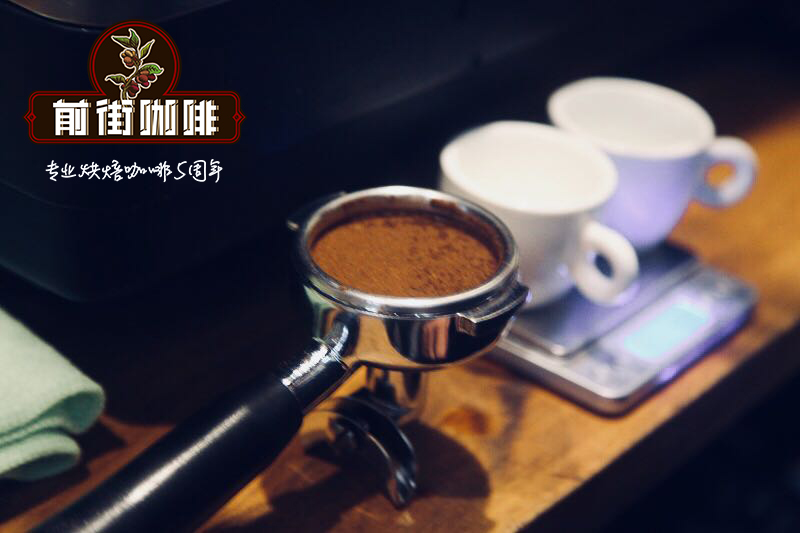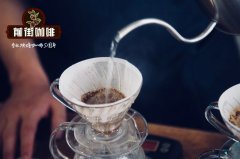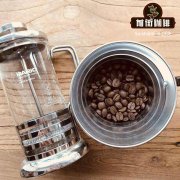Words describing the aroma and taste of coffee. Words that describe the taste of coffee.

Professional coffee knowledge exchange more coffee bean information please follow the coffee workshop (Wechat official account cafe_style)
Different kinds of coffee have different tastes, some may surprise you, and each can give coffee drinkers a different experience.
Although coffee is considered by many to be the main ingredient in wine, whisky and craft beer, specialty coffee soon became the focus of debate, especially on its details. Flavors range from full-bodied blueberries and Fuji apples to darker coffee, where you begin to taste grayish white and spicy.
In fact, coffee is one of the most complex drinks you can drink. It contains more than 1000 compounds, ranging from aroma to taste. And those blueberry and apple flavors? They appear because the complexity of coffee contains similar compounds, which just need to be properly expressed if they are not exactly the same compounds found in other organic products.
Generally speaking, really good coffee is not black coffee. The baking process, if overdone, will scorch the coffee beans with their natural sugars and organic materials, creating a bitter taste that only milk and sugar can drown.
Tip: the sign of overroasted coffee is that the surface of the beans feels oily. This means that many aromatic compounds in coffee beans are pushed to the surface during baking, which immediately weakens the natural and complex aroma of the coffee beans themselves. Generally speaking, deep-roasted coffee is just low-quality commercial coffee, roasted to crisp to mask its mediocre quality.
When talking about coffee tasting notes, focus on lightly roasted coffee, which reflects the true expression of coffee beans. Light roasting features a more subtle taste, well-grown and well-sourced coffee can express itself in a way that can never be roasted in a dark color.
In order to control all the wonderful coffee tasting records, many roasters and even the American specialty coffee association (SCAA) have developed a widely used coffee tasting wheel, as shown in the following figure. Usually, when you taste coffee, it is very helpful to have some guidelines at hand to stimulate your taste buds. Next, you'll see that SCAA's latest taste wheel-- released in 2016-- is not only useful, but also beautiful.
END
Important Notice :
前街咖啡 FrontStreet Coffee has moved to new addredd:
FrontStreet Coffee Address: 315,Donghua East Road,GuangZhou
Tel:020 38364473
- Prev

The Origin and History of espresso the origin and history of espresso
Professional Coffee knowledge Exchange more information on coffee beans Please follow the origin of espresso and espresso in the coffee workshop (Wechat official account cafe_style) Expresso is considered by usage experts to be a spelling mistake and they ridicule it for deviating from the original Italian. An early theory of the etymology of the word made the experts more boldly opposed to the spelling. It is believed that es
- Next

The Analysis of counter-culture Coffee Flavor Wheel what do you think of scaa Flavor Wheel
Professional coffee knowledge exchange more coffee bean information Please follow the coffee workshop (Wechat official account cafe_style) the beautiful flavor wheel of counter-cultural coffee in order to keep a record of the operation of the essence of each kind of coffee, many people use physical coffee tasting notes for personal use and sharing with others. These are usually written in a notebook or entered into an online database. In Jo
Related
- Beginners will see the "Coffee pull flower" guide!
- What is the difference between ice blog purified milk and ordinary milk coffee?
- Why is the Philippines the largest producer of crops in Liberia?
- For coffee extraction, should the fine powder be retained?
- How does extracted espresso fill pressed powder? How much strength does it take to press the powder?
- How to make jasmine cold extract coffee? Is the jasmine + latte good?
- Will this little toy really make the coffee taste better? How does Lily Drip affect coffee extraction?
- Will the action of slapping the filter cup also affect coffee extraction?
- What's the difference between powder-to-water ratio and powder-to-liquid ratio?
- What is the Ethiopian local species? What does it have to do with Heirloom native species?

